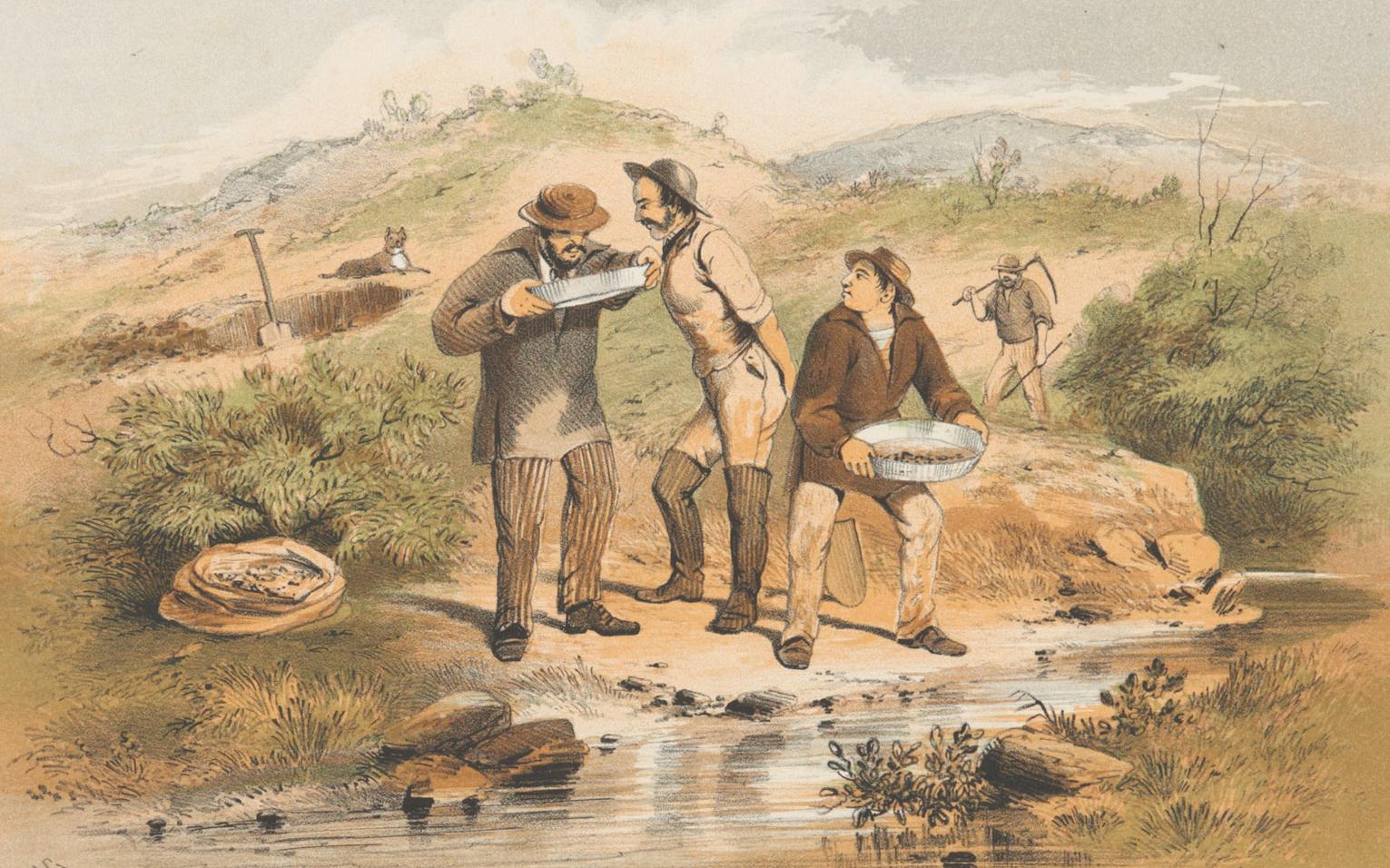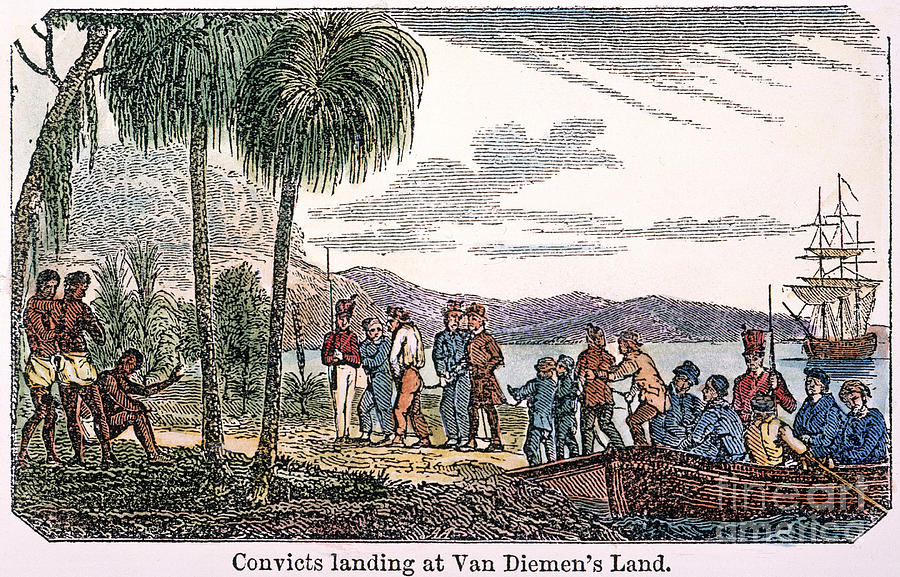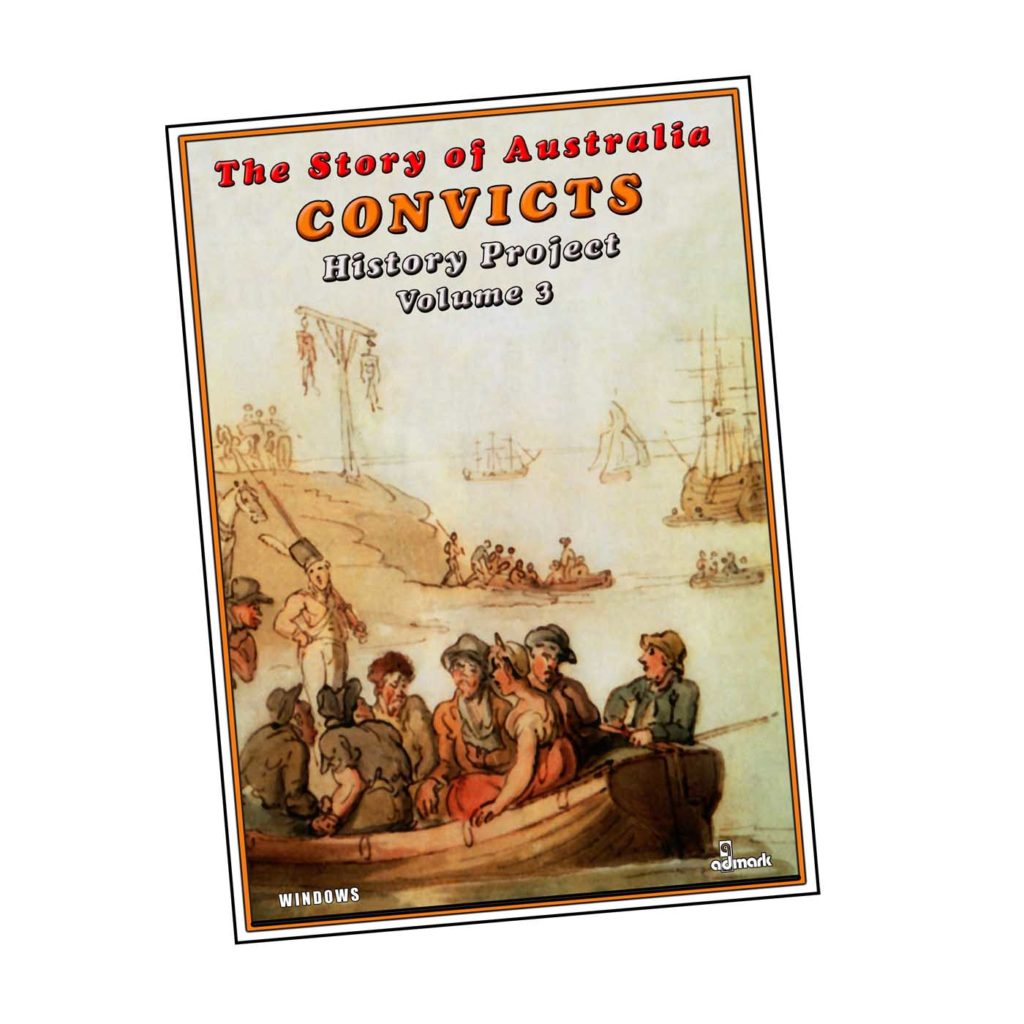John Frost. Gilburri (1814-1902), Irish Fenian, transported to New South Wales in 1838 for desertion. Thomas McCarthy Fennell (1841-1914), Irish Fenian, transported to Western Australia in 1868 for treason. William Field (1774-1837), English businessman, transported to New for receiving stolen goods.. Convict Reference Files, 1836-1856 : 1865-1868; Free Settlers' Papers, 1828-1852; (f) Male Convict Register, 1842-1847; Register of Convicts on Convict Ships, 1851-1853. The database index of transportation records is designed to be searched by surname, but may also be searched under place of trial, crime or date.

Thomas Alderman the Convict swanbournehistory.co.uk

Child convicts of Australia Chapter 5 Escape and Punishment YouTube

Website reveals secrets of convicts sent to Australia The Independent The Independent

Transportation of convicts from Britain to Australia in the 19th century. The regime on board

Criminals Sent to Australia

Colonial Australia Defining Moments, 17881900 1.2 Convicts sent to Australia ‘When prisoners

Why Great Britain Sent its Prisoners to Australia

A List of Convicts sent to New South Wales in 1787. Antique Print Map Room

Convict transportation peaks Australia’s Defining Moments Digital Classroom National Museum

NSW Return of All (Male) Convicts Assigned and Transferred Between the 1st and 30th Day of April

Convicts In Australia

Australian Convict Overview Teaching Resources

List of All Female Convicts Assigned and Transferred from the 1st to the 31st October, 1832

Australia Convicts, 1804 Photograph by Granger Pixels

Female Convicts State Library of NSW
.jpg?v=1)
Convict transportation peaks Australia’s Defining Moments Digital Classroom National Museum

Convicts and colonisers the early history of Australia History Extra

NSW List of Female Convicts Assigned Between the 1st and 30th April, 1832 Remembering the Past

The Story of Australia Volume 3 Convicts Admark Education

NSW Return of all Male Convicts Assigned and Transferred in the Month of March 1833 March
Convicts in Sydney, 1793, by Juan Ravenet. Between 1788 and 1868 the British penal system transported about 162,000 convicts from Great Britain and Ireland to various penal colonies in Australia.. The British Government began transporting convicts overseas to American colonies in the early 18th century. After trans-Atlantic transportation ended with the start of the American Revolution.. Between 1788 and 1868 more than 162,000 convicts were transported to Australia, of which approximately 25,000 were women. In 1833 a total of 7000 prisoners arrived — the largest number of convicts to arrive in one year. Convicts were transported as punishment for crimes they had committed in Britain and Ireland. Although their experiences varied, their lives were hard in Australia as they.